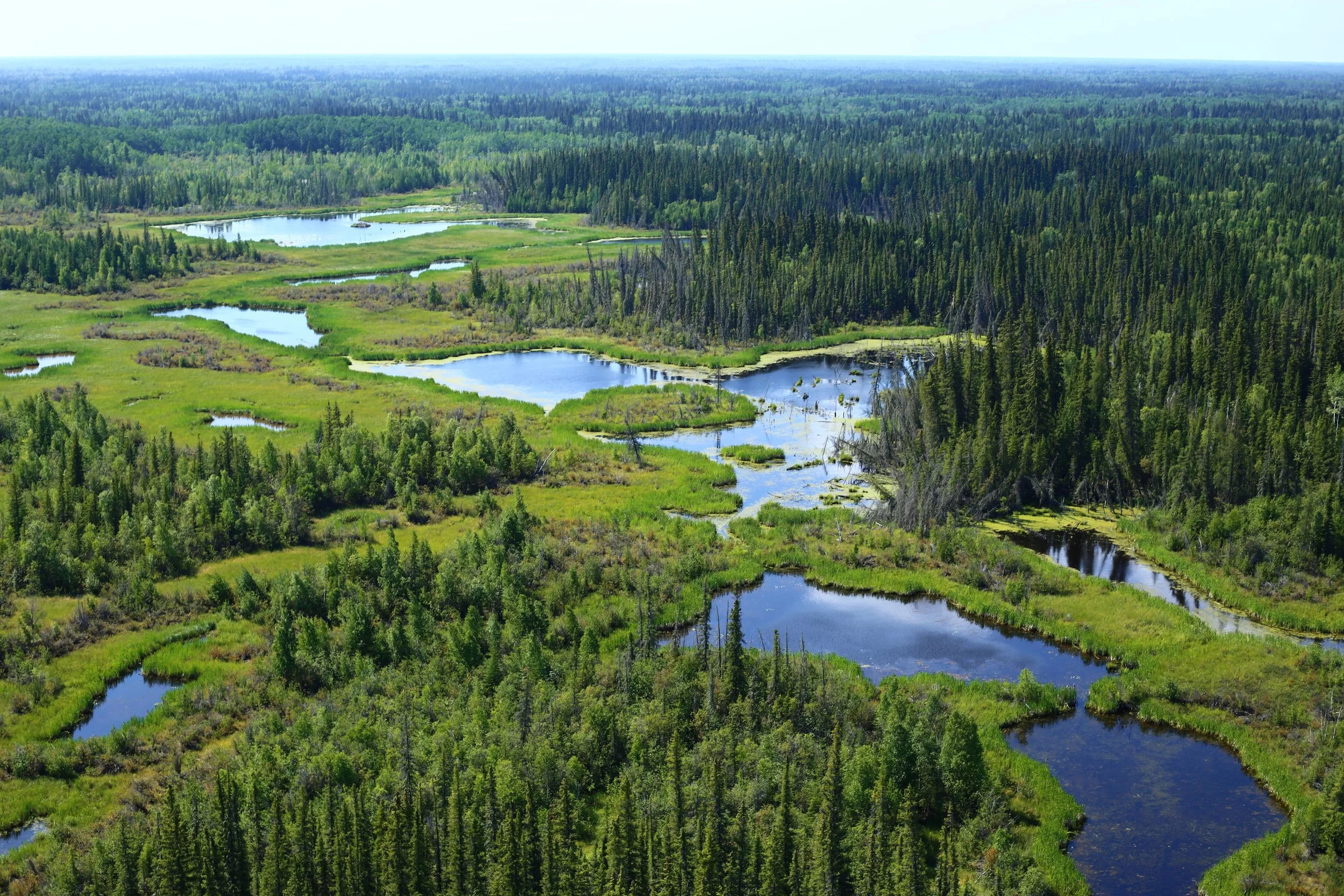At the Nature Champions Summit, Canada can demonstrate its support of Indigenous stewardship and showcase the leadership of Indigenous Peoples in conserving globally significant places like the boreal—the largest intact forest left in the world. By working together, Canada and Indigenous Nations can offer a model for the world of conservation rooted in respect, responsibility and reconciliation.
Read MoreWithin Canada’s borders are some of the world’s most significant biodiversity features and carbon storage banks. By demonstrating how to protect and maintain those globally important natural assets in partnership with Indigenous Peoples, Canada can offer hope and inspiration to the world. The Nature Champions Summit will be the perfect place to begin turning that inspiration into on-the-ground solutions.
Read MoreAustralia shows how much can be achieved when governments make long-term investments in Indigenous Protected Areas and Indigenous land management.
Read MoreA delegation of Indigenous land managers from Warddeken and other regions in Australia are traveling to Canada to talk about the transformative power of well-supported Indigenous-led conservation. This exchange is taking place at a crucial time.
Read MoreMany boreal bird species risk significant declines as a result of climate change, but a new report identifies areas of Canada’s Boreal Forest that hold the key to birds’ long-term survival. While conditions in some bird habitats are expected to shift, large landscapes within the boreal region will remain relatively stable. Protecting these boreal lands will offer birds the best chance to thrive.
Read MoreSome of the biggest conservation opportunities are found Canada’s boreal forest. The boreal is the largest intact forest left on the planet, and Canada has a unique responsibility to conserve it. Indigenous Peoples are advancing innovative conservation plans in the region and partnering together is the most effective path forward.
Read MoreProvinces and territories are focused on creating new parks and protected areas, and Indigenous Nations across the country are too. From the Sahtu in the Northwest Territories to the Misipawistik Cree Nation in Manitoba, First Nations are moving forward on conservation.
Read MoreScience tells us that the most effective way to address the biodiversity crisis and reduce climate impacts is to protect large intact landscapes. The best opportunities to do so in Canada are emerging from the many Indigenous nations and communities that are working to conserve sizeable portions of boreal forest.
Read MoreAs Canada works to protect at least 17 percent of lands by 2020, it can look to Australia for a proven model of partnership with Indigenous Peoples.
Read MoreThere is big news for us humans today. That’s because the Canadian government released a new budget that will do good things for the natural world that we, and all animals and plants, rely on for survival.
Read More
The 2018 federal budget includes a historic $1.3 billion investment in nature conservation. This support will help Canada honour its international commitments to sustain biodiversity and meet its target of protecting at least 17 per cent of lands by 2020.
Read MoreThe Government of Canada has made a major investment in protecting our lands and waters for future generations. The 2018 federal budget includes a $1.3 billion allocation to meet Canada’s international commitment to protect 17 per cent of its lands and 10 percent of waters by 2020 and points to the importance of Indigenous partnerships in achieving its conservation goals.
Read MoreAs Canada develops its plan to meet the conservation target of protecting at least 17% of lands by 2020, the results of a recent survey show that the vast majority of Canadians supports this goal and wants the country to become a leader in creating parks and protected areas.
Read More












